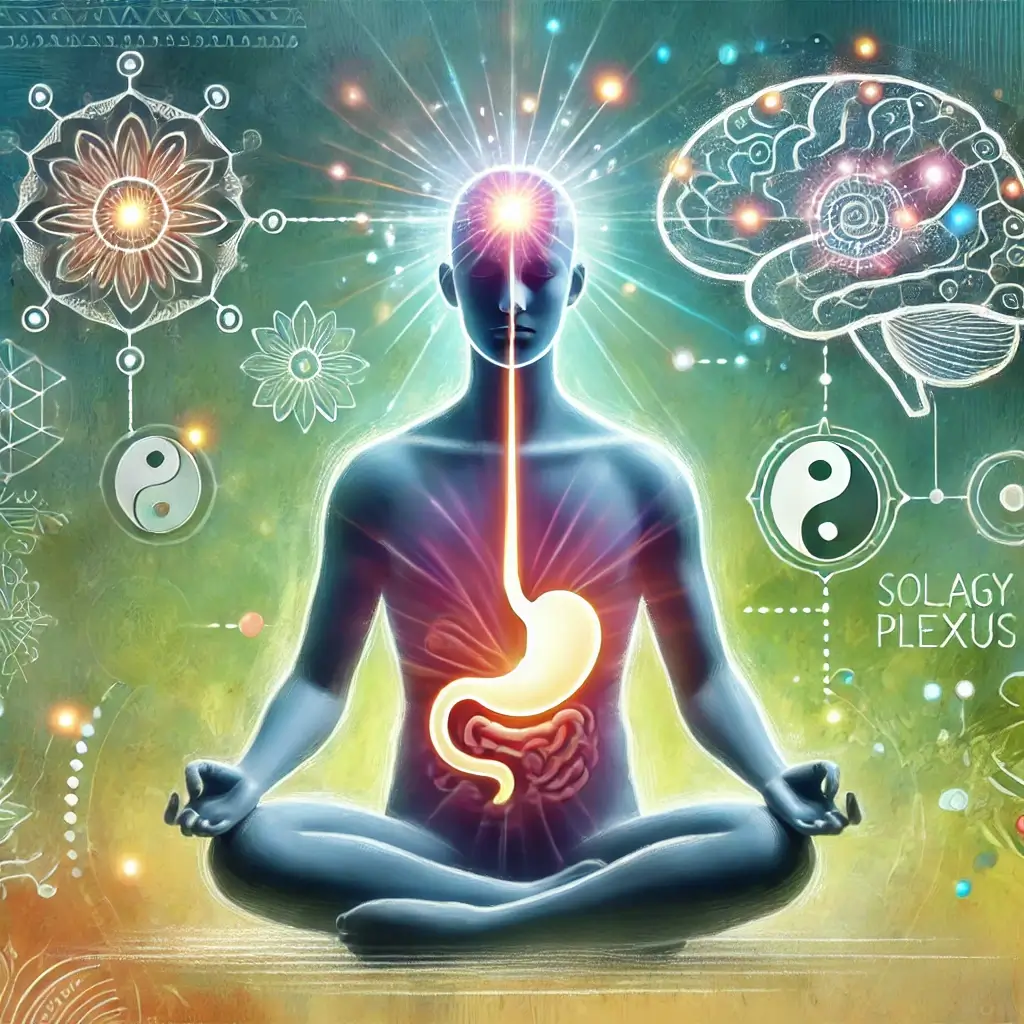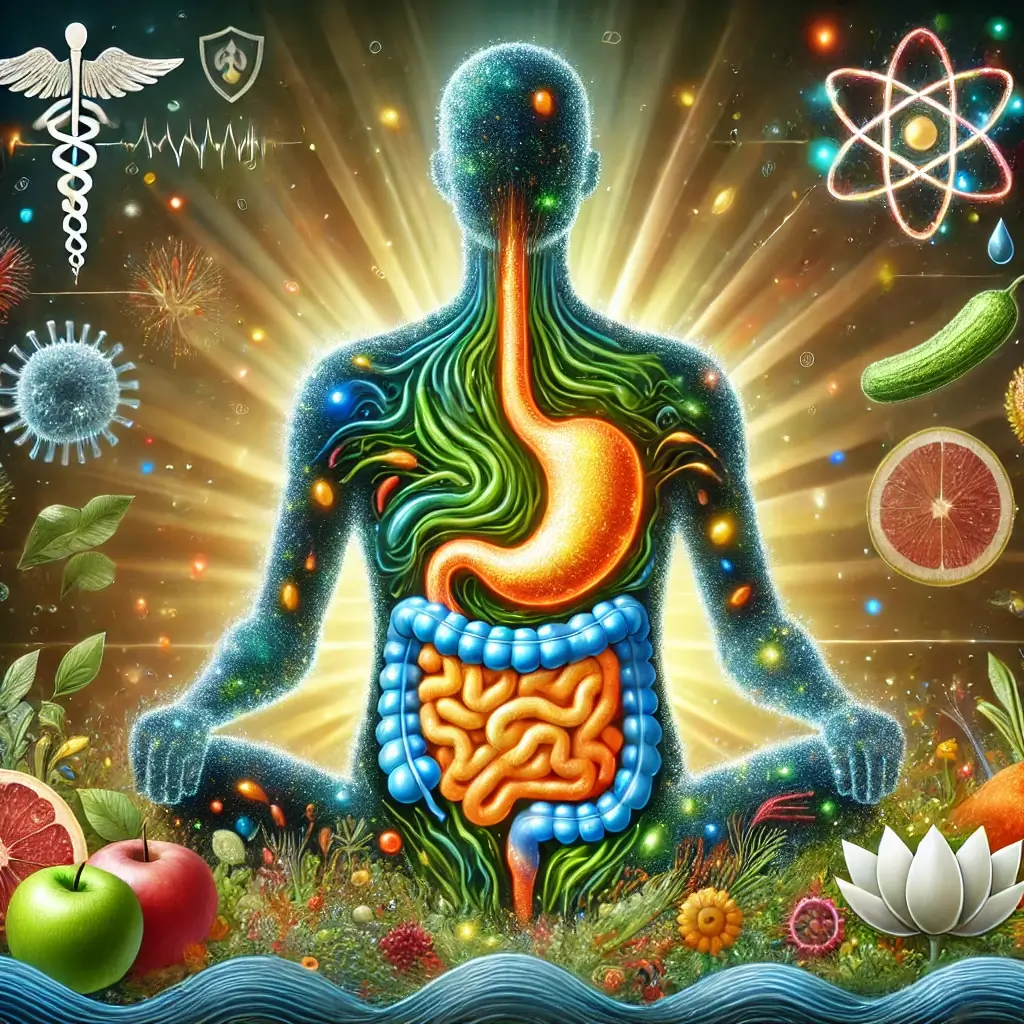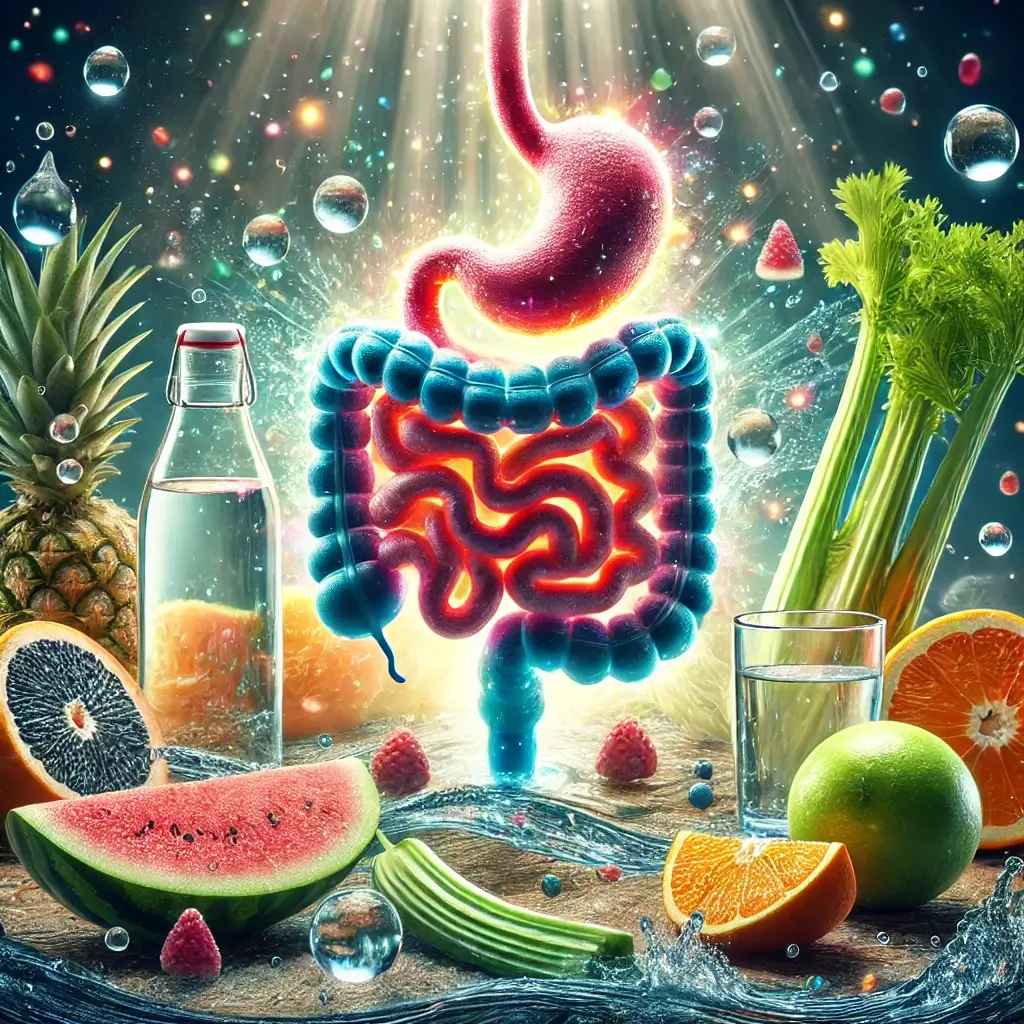Revolutionary Advances in Food Allergy Treatment: New Hope for Millions Through Personalized Immunotherapy
Understanding Food Allergies
Food allergies are a complex medical condition affecting millions worldwide, with an increasing prevalence in both children and adults. The condition occurs when the immune system mistakenly identifies certain proteins in food as harmful, triggering an allergic reaction. These reactions range from mild symptoms such as itching and stomach discomfort to severe and potentially life-threatening conditions like anaphylaxis.
Rising Incidence and Research Progress
In recent decades, the rising incidence of food allergies has prompted significant advancements in research, diagnosis, and treatment. While the exact reasons for the increase remain unclear, factors such as genetic predisposition, environmental influences, and dietary changes have been implicated. For those affected, the challenges of living with food allergies go beyond physical symptoms, encompassing emotional stress and social hurdles.
Article Purpose and Scope
This article provides a detailed exploration of food allergies, their underlying causes, the latest advances in treatment, and practical strategies for living with the condition. By fostering understanding and promoting proactive management, individuals and caregivers can take control of food allergies and improve quality of life.
Causes and Common Triggers
The root cause of food allergies lies in an overactive immune response. When the body encounters specific proteins in foods like peanuts, milk, or shellfish, it produces IgE antibodies, which activate mast cells and basophils to release histamine and other inflammatory chemicals (Sicherer & Sampson, 2018). This reaction results in symptoms such as:
Skin reactions: Hives, swelling, or eczema.
Gastrointestinal symptoms: Nausea, vomiting, or diarrhea.
Respiratory issues: Wheezing, nasal congestion, or difficulty breathing.
Severe reactions: Anaphylaxis, characterized by a rapid drop in blood pressure, swelling of the airways, and loss of consciousness.
The most common food allergens include peanuts, tree nuts, shellfish, fish, eggs, milk, soy, and wheat. Cross-contact during food processing or preparation often complicates the challenge of avoiding allergens, requiring heightened vigilance in daily life.
Innovative Treatments and Research Progress
Efforts to combat food allergies have advanced significantly in recent years, leading to innovative therapies and preventive measures:
Immunotherapy Innovations:
Oral Immunotherapy (OIT): Studies like those published in The Lancet (2018) have shown that OIT can desensitize individuals by gradually exposing them to small amounts of an allergen.
Epicutaneous Immunotherapy (EPIT): The Viaskin patch delivers allergens through the skin, reducing severe reactions while enhancing tolerance over time.
Biological Therapies: Omalizumab, a monoclonal antibody, targets IgE to prevent allergic reactions. Recent trials have demonstrated its effectiveness as an adjunct to OIT, offering a safer pathway for high-risk patients (Sampson et al., 2018).
Preventive Strategies: The LEAP study emphasized the importance of early allergen exposure for high-risk infants, showing an 80% reduction in peanut allergy prevalence among participants (Du Toit et al., 2015).
Precision Medicine: Advances in molecular diagnostics allow healthcare providers to identify specific allergenic proteins, leading to more personalized management plans and reduced unnecessary dietary restrictions (Turner et al., 2022).
Practical Strategies for Living with Food Allergies
Successfully managing food allergies involves a combination of education, preparation, and community support:
Avoidance and Substitutes: Learning to identify allergens in food labels and seeking allergen-free alternatives is essential for safety.
Emergency Action Plans: Carrying an epinephrine auto-injector and knowing how to use it can save lives during anaphylactic reactions.
Social Advocacy: Openly communicating with schools, restaurants, and social groups ensures a safer environment for individuals with allergies.
Support Systems: Engaging with support groups and healthcare professionals helps address the emotional and logistical challenges of managing food allergies.
Future Outlook and Conclusions
Food allergies present significant challenges but are increasingly manageable through a combination of awareness, medical advances, and proactive strategies. Innovations in immunotherapy and personalized diagnostics are transforming the way food allergies are treated, offering hope for reduced risks and improved quality of life. Prevention measures like early allergen exposure and education are changing the narrative around food allergies, helping individuals live with greater confidence and fewer restrictions.
As research progresses, the prospect of more effective therapies and possibly a cure becomes closer to reality. Until then, a commitment to education, vigilance, and community collaboration will continue to empower those living with food allergies to lead safe and fulfilling lives.
References
Sicherer, S. H., & Sampson, H. A. (2018). Food allergy: Epidemiology, pathogenesis, diagnosis, and management. The Lancet, 391(10119), 1018–1029.
Du Toit, G., et al. (2015). Randomized trial of peanut consumption in infants at risk for peanut allergy. New England Journal of Medicine, 372(9), 803–813.
Sampson, H. A., et al. (2018). Current approaches to the diagnosis and management of food allergy. Journal of Allergy and Clinical Immunology, 141(1), 14–22.
Turner, P. J., et al. (2022). Advances in the diagnosis and management of food allergy. Nature Reviews Gastroenterology & Hepatology, 19(1), 1–16.













